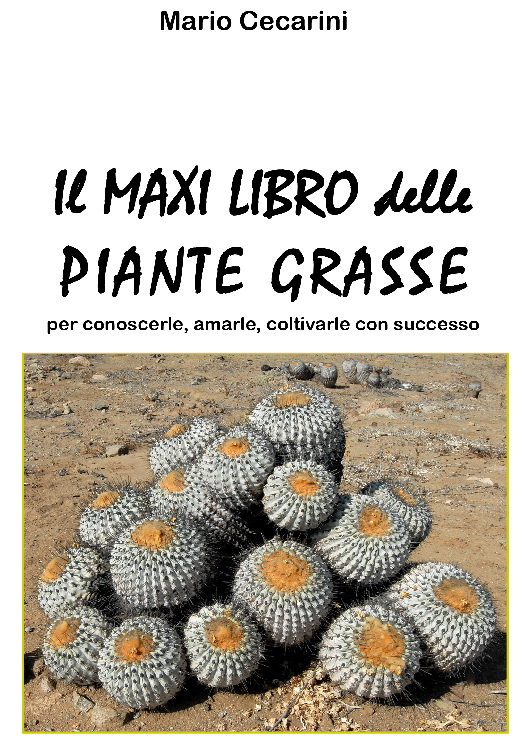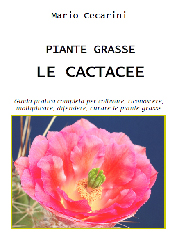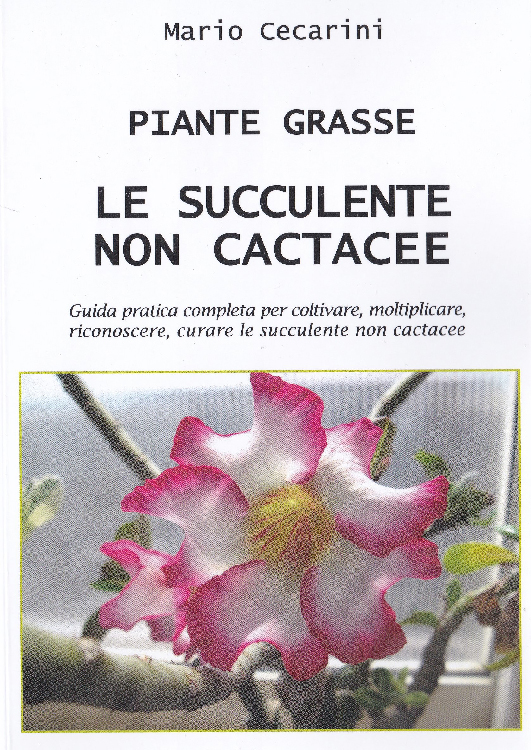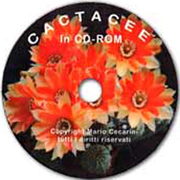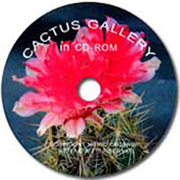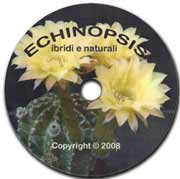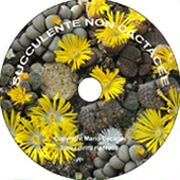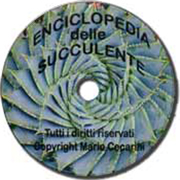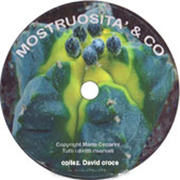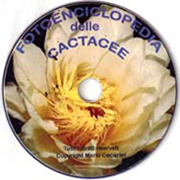Habitat: Mexico, Guatemala, Costa Rica, the Antilles, and some northern regions of South America. The genus is spread over tropical areas with a humid, jungle-like climate.
Description: a genus of forest epiphytic cacti with vigorous, often triangular and runner-like stems that produce numerous aerial roots. The very large flowers, up to 30 cm (12 in) in width, may be either diurnal or nocturnal. They differ from Selenicereus in having the stem with few ribs and the absence of hairs or spines on the exterior of the flower. They can be simply referred to as Cereus.
Soil: fertile mix.
Location: choose a bright site but avoid direct light.
Temperature: the minimum temperature should not drop below 8°C (46°F); best around 10-12°C (50-54°F).
Water: from spring to autumn provide water as soon as the soil becomes dry. In the winter, water should be applied only if the plant starts withering, this being more likely if the temperatures stay on the warm side.
Cultivation tips: the long stems of these cacti requires the support of a trellis and large containers in order to flower well since they resent frequent transplanting. Fertilize once a month; they may be used as rootstocks.
Main species of Hylocereus: Hylocereus undatus, a species from Haiti, can attain considerable size and develops aerial roots. It has jointed, three-winged stems and white flowers similar to those of Selenicereus. It does not tolerate cold temperatures and is often used as rootstock for grafting; Hylocereus calcaratus; Hv nopaloensis; Hylocereus ocamponis.




